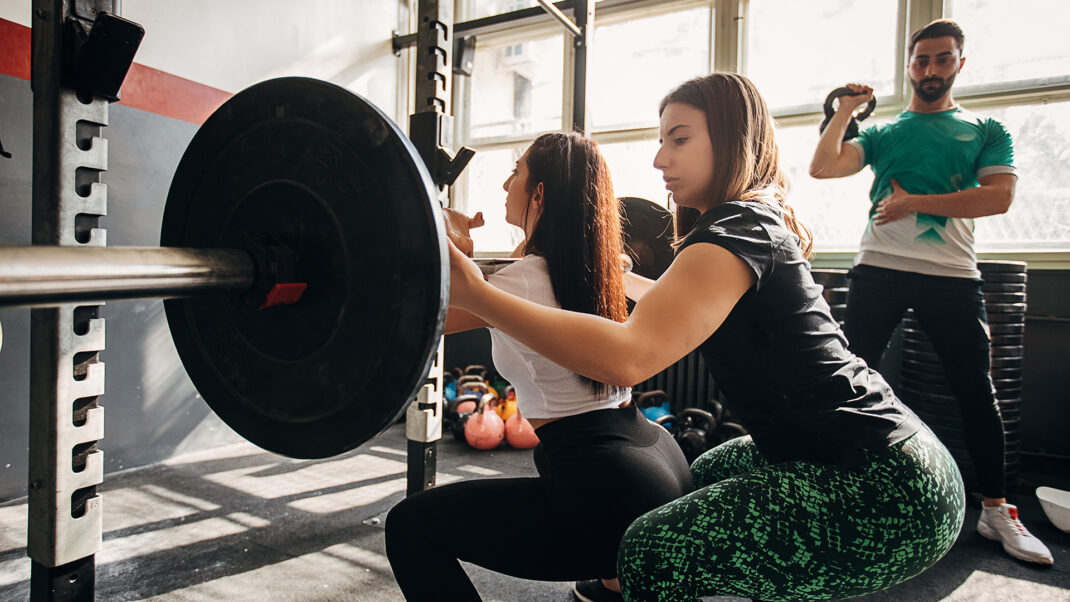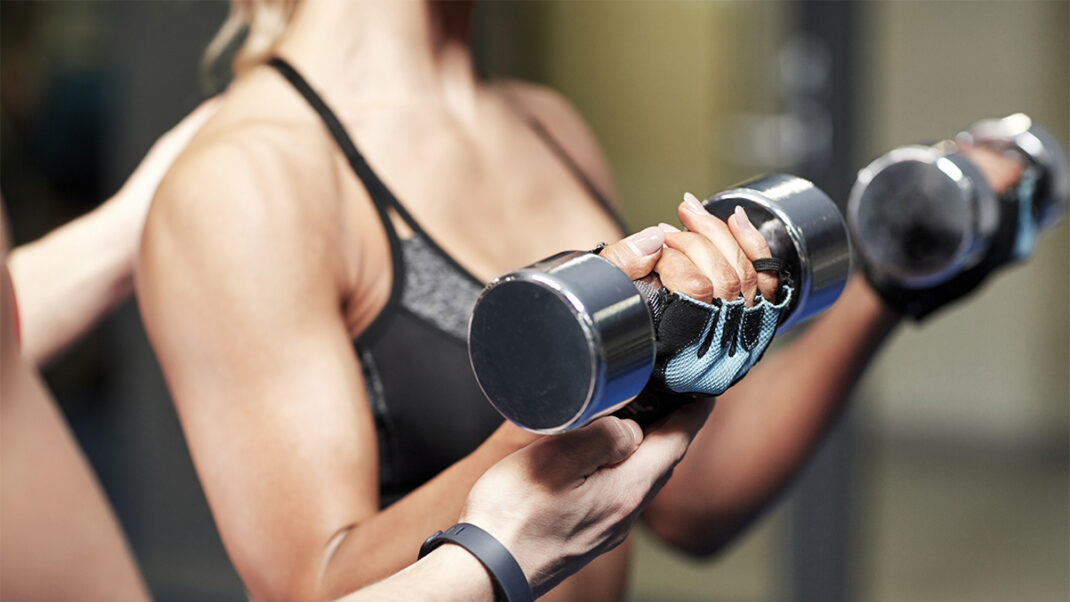Sample Class: Abdominal/Core Circuit

This versatile circuit class can be applied to groups of almost any size and fitness level and is limited only by your ability to organize, instruct and train.
Abdominal/Core Circuit Details
- Format: a circuit that focuses on the abdominals and core
- Total Time: approximately 30–40 minutes
- Equipment Needed: medicine balls, stability balls, mats, weights, weighted hoops, weighted bars, etc.
- Music: Beats per minute don’t matter here. Be creative when selecting music. Include international selections, themed scores or something different that you wouldn’t hear in a traditional class.
- Class Setup: When preparing for circuits in general, take the following into consideration:
- Choose exercises that will create a well-balanced workout.
- Set up the right amount of equipment at each station, including a little extra to cover latecomers.
- Estimate how quickly participants will be able to move in and out of the exercises without wasting time. If half the time at a station is spent on setup, rethink the exercise.
- Plan the circuit to incorporate a variety of equipment.
- Check all the equipment before putting it out for use.
Warm-Up (3–5 minutes)
This class can be done with or without a warm-up. The abdominal circuit works well after any cardio or strength format. If an additional warm-up is needed, lead 2–3 minutes of movement that slowly increases in intensity, raising core temperature. Include dynamic and active stretches for both the upper and lower body.
The Stations (approximately 24 minutes)
Time each station in 1½-minute increments: 1 minute and 15 seconds for the exercise and 15 seconds to transition and set up for the next station. Encourage great form, and have participants do as many repetitions as possible in the time available. Students will cycle through all the stations twice.
Station 1: Abdominal Crunches on Stability Ball
Performing crunches on the stability ball is a bit different from doing them on the floor. Instruct students to press the buttocks into the ball and to avoid overarching or hyperextending the back. Look out for students trying to move the lower body as they flex forward; cue them not to bounce or push with the legs. Hands can be placed wherever is most comfortable. Focus special attention on “closing” the rib cage and compressing the back into the ball.
Station 2: Negative Roll-Down
Start from a seated position, legs bent at a 90-degree angle, and hold the weight or medicine ball above the head. Roll down one vertebra at a time, contract the abdominals, and focus on slowly, deliberately squeezing all muscles from chest to pubic bone as the body lowers to the floor.
Station 3: Oblique Curl on Stability Ball
This movement is similar to the abdominal crunch station (#1). Simply add slight spinal rotation to engage the obliques.
Station 4: Isometric Abdominal Hold With Leg Extensions
Lie on the floor with the upper body slightly elevated and the hands supporting the head. Bring both feet up to a 90-degree angle above the hips, and slowly lower the legs to the floor (keeping the legs slightly apart while lowering). Students should feel no pressure in the back. If the back hyperextends, modify the leg movement to reduce back strain.
Station 5: Plank Hold
Start by lying face down on the ground. Place the elbows under the shoulders, with forearms and hands in front of face. From the center of the abdominals, prop the body up, lifting onto the toes and forearms. Maintain a strong center—no arching or sagging. Keep the hips slightly elevated to avoid back stress. Contract the abdominals up to the spine and maintain this position.
Station 6: Heavy Hula
From a standing position, hold a weighted hoop at waist level, open the feet about 1 foot wide and relax the knees. Push the hips to start momentum, release the hoop, and move the hips at a faster or slower pace to keep the hoop positioned around the waist.
Station 7: Functional Training With Weight
Start from a seated position, with legs bent at a 90-degree angle. Hold a weight, medicine ball or weighted bar. Lean back slightly to engage the abdominals, and make figure-eight motions with both hands, working across the body from right to left.
Station 8: Bicycles
Lie flat with the lower back pressed to the floor. With hands supporting the head, bring the knees above the hips. Slowly pedal or push out the legs, alternating between right and left legs. Touch the opposite elbow to the knee and continue the movement. Try to get the shoulders off the floor on each repetition. Breathe!
Cool-Down and Stretch (3–5 minutes)
Choose stretches that apply to the work done in class; include both upper- and lower-body moves. Although this class has focused primarily on the core and abdominals, be sure to cover some of these other affected areas: quadriceps, hamstrings, gluteals, piriformis, chest, back, neck and lower legs.
For more information, see the full article in the June issue of IDEA Fitness Journal or online in the IDEA Article Archive.





